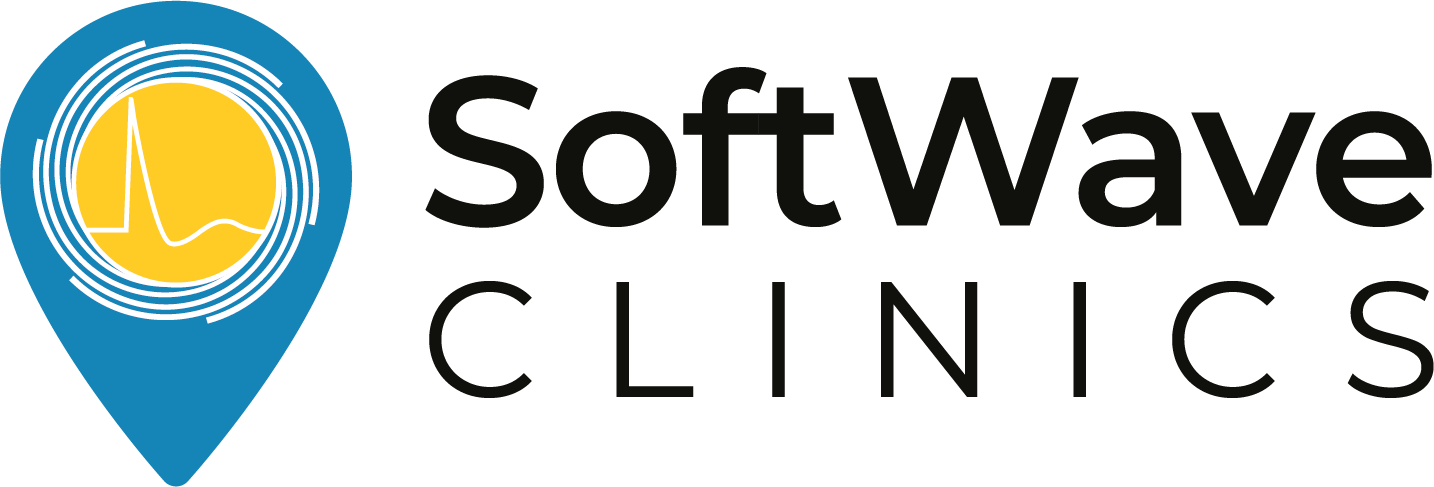In vitro extracorporeal shock wave treatment has beneficial effects on rat Schwann cell isolation and culture
Introduction: As new approaches for peripheral nerve regeneration are sought, there is an increasing demand for native Schwann cells for in vitro testing and/or reimplantation. Extracorporeal shockwave treatment (ESWT) is an emergent technology in the field of regenerative medicine, which recently has also been shown to improve peripheral nerve regeneration. In this study we elucidate the effects of ESWT on Schwann cell isolation and culture.
Material and Methods: Rat sciatic nerves were dissected, treated with ESWT and Schwann cells were isolated and cultured for 15 passages. Directly after shockwave treatment release of ATP and LDH were assessed. Cell yield and proliferation (BrdU assay) were evaluated Cells were evaluated for expression of Schwann cell markers (Flow cytometry and Western Blot: S100b, P75, c-Jun, GFAP).
Results and Discussion: Single treatment of the whole nerve ex vivo led to significantly increased extracellular ATP as an immediate consequence, and subsequently a number of effects on the culture were observed, starting with a significantly increased Schwann cell yield after isolation. In the ESWT group quality of culture, reflected in consistently higher purity (S100b, morphology), proliferation rate (BrdU, population doublings per passage) and expression of regenerative phenotype-associated markers (P75, GFAP, c-Jun), was significantly improved. In contrast, the control group exhibited progressively senescent behaviour, reflected in a decrease of proliferation, loss of specific markers and increase in P16INK4A expression. Concluding, extracorporeal shockwave treatment has beneficial effects on Schwann cell isolation and culture.
Device and producing company: Dermagold 100, MTS
Setup: waterbath, whole nerve
Christina M. A. P. Schuh1/2*; David Hercher¹,2; Michaela Stainer¹,2, Rudolf Hopf1,2, Andreas H. Teuschl2/3, Robert Schmidhammer¹,2, Heinz Redl¹,2
1 Ludwig Boltzmann Institute for Experimental and Clinical Traumatology/AUVA Research Center, Vienna, Austria 2 Austrian Cluster for Tissue Regeneration, Vienna, Austria 3 University of Applied Sciences Technikum Wien – Department of Biochemical Engineering, Vienna, Austria
Schuh et al. 4th ISMST Basic Research Meeting in Vienna, Austria
